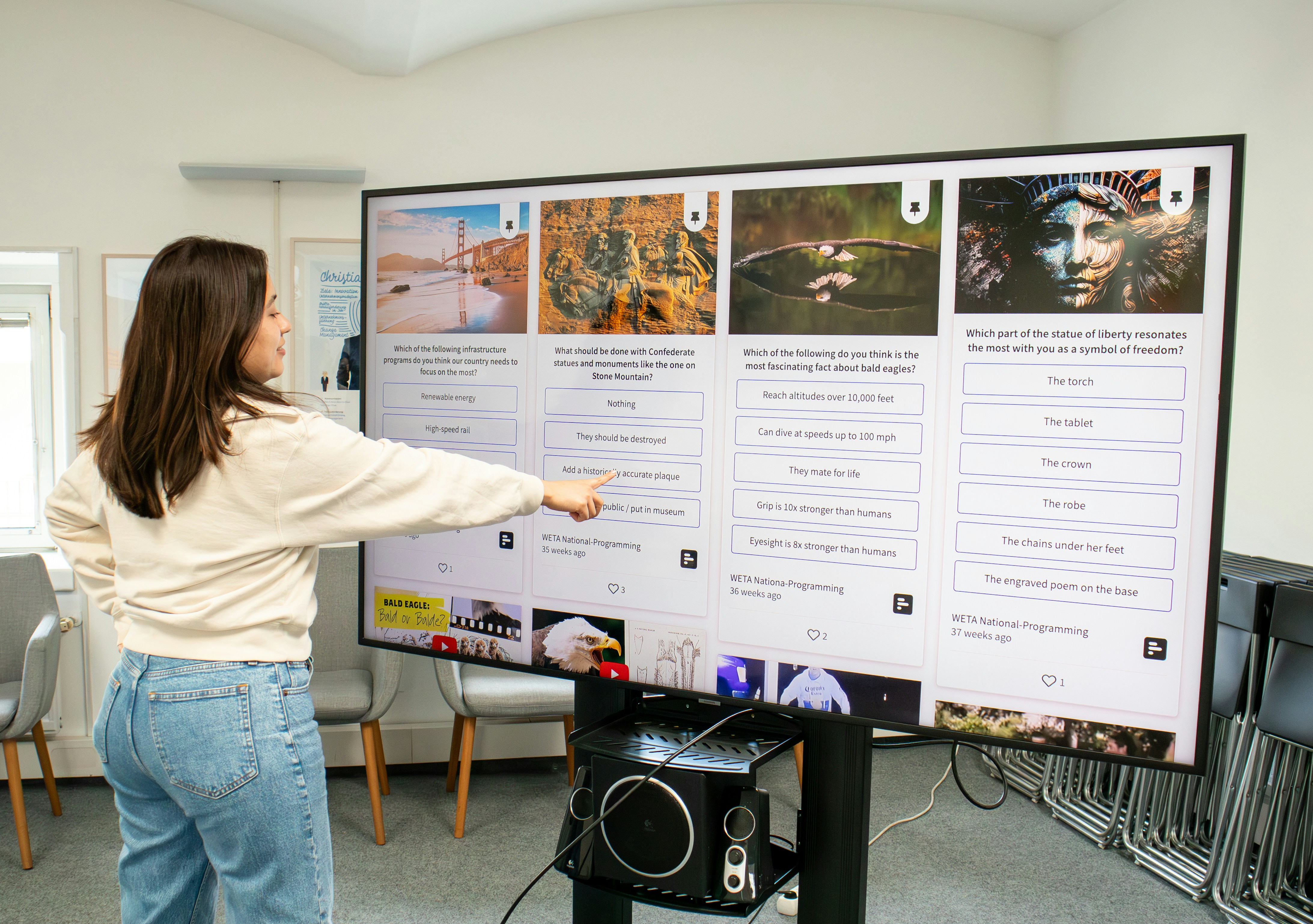It’s been 20 years since we started working on our first EU-funded project.
Some of them were the fruit of our own ideas, others were on topics we had no idea about, a few dealt with issues close to our hearts, and others allowed us to see wonderful places around Europe and meet incredible people.
Whatever the reason, there have been projects which went beyond mere implementation and reporting. Gabriella could get her teeth into one of her passions: e-learning; Gabor could make a real difference, still visible today, to the land where he grew up; Krisztina could bring her connection with startups and SMEs to the next level, and Ömer pushed the call to the its limits and surprised the evaluators with a project focusing on environmental terrorism.
With over 300 proposals and winning projects, let’s see which ones our senior project managers and expert trainers still remember dearly.
OLAREX: Open Learning Approach with Remote Experiments Project
Coordinated by the University of Deusto in Spain, Olarex was an ICT-based educational project. Through Olarex, Gabriella managed to satisfy one of her passions: education. The project mainly targeted teachers, as it was them who had to use the e-learning tool (the main results of Olarex) to teach kids.
There seems to be nothing but good memories: partners were great, excellent coordination, beautiful locations for project meetings, and direct feedback from the end-user and the cooperation with Hungarian school was key to make OLAREX extremely valuable.
SECURENV: Assessment of environmental accidents from a security perspective
When asking Ömer about his favourite project, there is no doubt. It doesn't matter if he only worked on it at the proposal stage, it´s tangible how fondly he remembers it.
Led by Geonardo and funded under the FP7 Security work programme, SECURENV was an out-of-the-box project which focused on environmental terrorism. Differently to the other winning projects under the same call, SECURENV's main focus was the environment, and how it could be manipulated to create terror attacks such as poisoning water or creating forest fires. It must have been this unconventional approach which caught more than one reviewer’s attention.
The project, run by only three partners (i.e. the Swedish Defence Research Agency (FOI), Adelphi, a German think-tank and research organisation, and Geonardo) was incredibly sensitive. Some deliverables were classified and those who worked on the project had to get a security clearance from the national security authorities.
MY-GATEWAY: Boosting the growth potential of CEE start-ups on a pan-Europen level by creating new opportunities, synergies and opening the GATE of Startup Europe to the Balkans
Passionate about startups and SMEs, Krisztina could help strengthen the startup ecosystems in Central and Eastern Europe through MY-GATEWAY. But for her, as well as the project’s mission, another factor plays an important role: since she started working at Europa Media, MY-GATEWAY was the first project which she coordinated from proposal stage to the last report, and this really adds sentimental value to the project.
Consortium and proposal were put together in only two months, far from the recommended three-four months. But thanks to a combination of strong partners, great ideas and hard-working team, everything worked out smoothly. MY-GATEWAY may have ended, but it brought to life one initiative, the Startup Europe Networks, which aims to bring together all the startup ecosystems from the CEE, to the Western Balkans and beyond, and one unique startup event: Untold Stories, this year happening on 10-11 November if you’re interested to join online!
Szigetköz project:
For Gabor there is no doubt: thanks to a LIFE III project, he had the possibility to help the Hungarian region where he grew up. Between 2004 and 2007, Gabor helped restore the Danube wetland which suffered some severe issues during the 90s.
That particular region was the last continental wetland in Europe, and towards the end of the 20th century, Hungary and Czechoslovakia (yes, still Czechoslovakia at that time) had agreed to build a power plant. Hungary backed up from this agreement, but the Czechoslovakians carried on with the project no matter what.
They diverted the Danube before it entered Hungary, so in a matter of a day, the river completely dried out causing the extinction of all the species which occupied that area, from birds to fish. Where before you could see a flourishing river, it was soon replaced by a desert.
The case was taken to court, but apparently both parties were right: Hungary had no right to cancel the agreement, and Czechoslovakia had no right to divert the Danube. To fix the situation, they agreed to redistribute some water to where it originally was, but it still wasn't enough to bring back and maintain the original ecosystem.
And that’s when Gabor’s Szigetköz project played a key role in the restoration of such a damaged area. The Szigetköz projekt developed an innovative water management system which could provide water supply to those areas which were still dried out, and the amazing thing about it, is that this is still visible today.
The area was completely restored, the fauna started repopulating this area, and all of this was the fruit of a great strategic collaboration with the Czechoslovakians, despite the strong political tensions.
Fun fact: If you happen to go to the dam, you can see Gabor’s palm printed on the cement!




